Jobs to do in the garden in July - from tidying perennials to planting veg
It’s a busy month to enjoy the abundance of a flowering and food garden
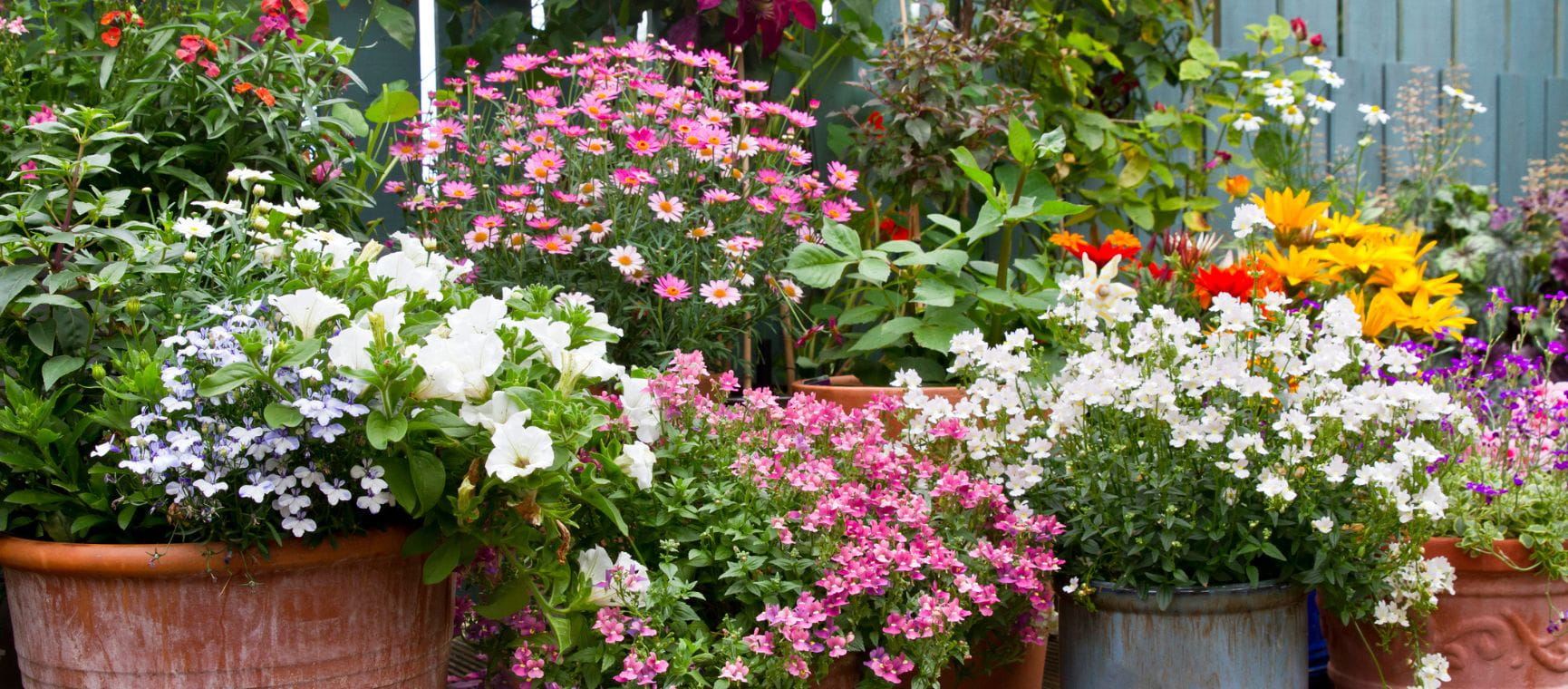
It’s a busy month to enjoy the abundance of a flowering and food garden

It’s time to get on top of jobs to do in the garden in July. Outdoor green spaces just keep on giving in mid-summer – whether that’s in the flower borders or the food patch – and you can continue to reap the benefit of the growing season by daily deadheading and maintenance. You can also continue to sow seed and plant out seedlings.
July is a brilliant time for your garden or allotment,” says gardener, cook and writer, Sarah Raven. “It’s abundant with delicious edible produce, as well as beautiful, scented flowers that you can cut for your table or give as gifts to friends.”
In the kitchen garden, especially, regular and even watering is a key task to ensure plot-to-plate success. “A boom-bust approach to watering will lead to stringy beans, blown pods, split root vegetables and fruit,” warns Martin Duncan, the head gardener at Arundel Castle in West Sussex. It’s a tricky problem when hosepipe bans are in place, so keep optimising rainwater from butts and buckets, and use household ‘grey-water’ from washing up and showers (just take a bucket in with you to collect water as you wash).
But possibly the best things about a July garden is that all the real hard work has already been done, so the month is more about completing smaller tasks and relaxing. So grab a hat, your favourite secateurs, a cool drink and enjoy!
Good maintenance could bring a fresh crop of flowers
Many of our favourite perennials will have done their best by now and will need a bit of TLC to keep borders looking neat and powdery mildew at bay.
“Early-flowering perennials such as oriental poppies, perennial cornflowers, lady's mantle, aquilegia and foxgloves can be cut back hard to 5cm above the ground,” says Dan Cooper, the plantsman, presenter and owner of Dan Cooper Garden. “They will quickly produce neat mounds of fresh, clean foliage and, if you're lucky, another flush of flowers.”
“When Geraniums – such as Geranium psilostemon and Geranium ‘Johnson’s Blue’ – have finished flowering, their foliage may look messy,” adds Sarah Raven. Once they have shed their last petals – in July but sometimes as late as August – she advises to cut back to the ground, feed with poultry manure pellets, mulch and water well. “New foliage will grow this season,” she promises.
It will help keep the stock healthy
Iris ‘Benton Olive’ and Iris ‘Benton Susan’ were the stars of the show in Sarah Price’s award-winning RHS Chelsea Flower Show Garden in 2023. Irises were again one of the key flowers on show at Chelsea in 2024.
If you have bearded iris in your garden, now is the time to divide large clumps that have flowered. “It’s best to do this job every few years to rejuvenate stock and keep it healthy,” advises Sarah Raven.
It’s a simple job. “Just remove the central rhizome and replant the young outer parts,” says Duncan. Remember that the rhizomes like to sit at soil level so that they can bake in the sun for good flowering the following year.
Roses, dahlias, sweet peas and lupins will need attention
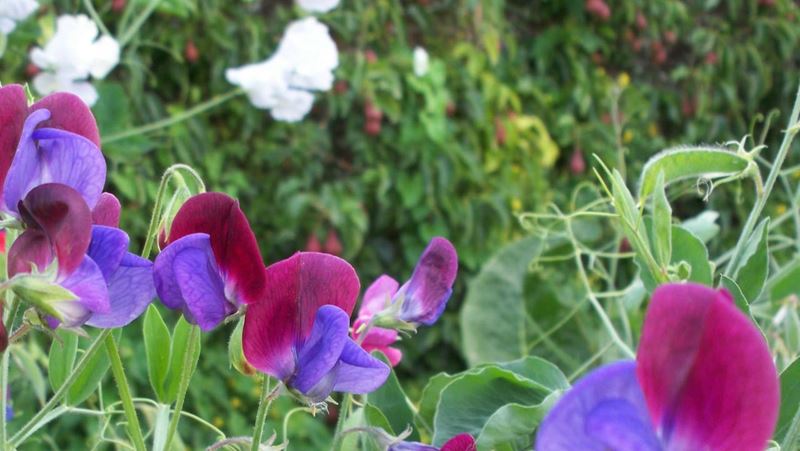
Make snipping off the spent heads of flowers a daily job to do in the garden in July. You will be rewarded for it.
“Sweet peas and lupins can be kept going for at least an extra three weeks by deadheading,” says Duncan. Arundel Castle is renowned for its cottage garden-style sweet pea arches and its English herbaceous borders. “Although the flowers will reduce in size, they can give a great display all through the summer months.”
Continue to deadhead roses and dahlias for the same reason. It’s also a good time to feed roses, advises Raven. “Do this now, after the first flush of flowers, to encourage more. Use a rose food, or straightforward, well-rotted farmyard manure,” she says.
Keep enthusiastic foliage under control
Clip unruly climbers such as honeysuckle, jasmine and wisteria to keep whippy stems under control.
“Count five-to-six leaves from the old growth and trim just above a leaf, leaving a spur of new wood,” says Cooper. “If there are longer shoots you want to keep to extend the reach of your climber, tie these in with soft twine while they're still soft and pliable.”
Now is also a good opportunity to prune wisteria if your plant has outgrown its space. “Prune back the long shoots,” says Raven. “Take them to within approximately 8in (20cm) of the main branch. You’ll need to do a further round of pruning in January.”
Remember to protect your eyes with safety glasses or goggles to avoid any accidents.
Greenhouse bugs are a particular problem
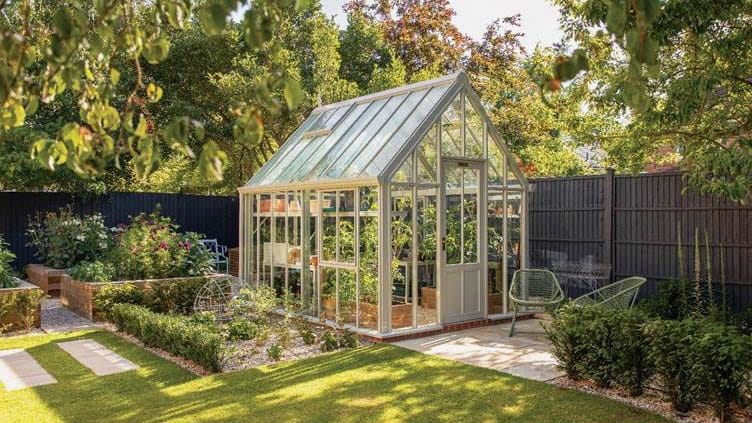
There are many critters lurking right now looking to decimate our crops and blooms, especially in the greenhouse. Keep your glasshouse moist by damping down the floors and surfaces two or three times on warm days. “A humid atmosphere will help prevent build-up of pests such as red spider mite,” says Duncan.
“Open the doors and windows of your greenhouse daily from now until September unless cool or stormy weather is forecast,” adds Cooper.
The other common pest to look out for is vine weevil. “At the first sign of vine weevil adults (pesky black bugs about the size of a little fingernail), water nematodes into greenhouse borders and pots,” says Cooper.
“Adult vine weevils only create superficial damage – little notches in leaf edges are a tell-tale sign – but the white larvae can decimate a plant's root system in no time, causing it to collapse and die for no apparent reason. Do not sit idly by and allow vine weevils to flourish, as it can take years to eradicate them once established.”
They’ll need extra water
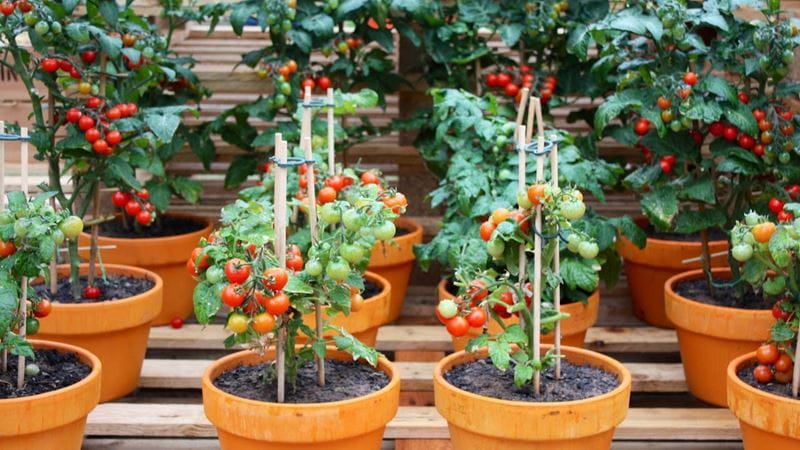
Tomatoes, cucumbers and aubergines are thirsty fruiting plants that need watering regularly in high summer to stay consistently moist. The good news is that, even during a hosepipe ban, most water companies will still permit you to use your hose to water these domestic food crops.
“Regularity is essential as erratic watering can cause leaf drop, fruit rot, fruit splitting, loss of disease resistance and reduced cropping,” says Cooper.
Feeding is also important once fruiting starts. “A high potassium feed (found in tomato food like Tomorite) applied weekly will help produce juicy, flavourful fruits,” Cooper adds, while Sarah Raven prefers a comfrey fertiliser on peppers, cucumber, and tomatoes.
Cooper has another tip for growing perfect tomatoes. “You can help tomatoes ripen more quickly by removing the plant's lower leaves and any side shoots that form (this does not apply to bush or trailing varieties)," he says.
"Partial defoliation will allow more light to reach the fruit and reduce the likelihood of blight spreading when soil splashes up onto the lower leaves. Healthy leaves and side shoots can be composted.
“Chillies should only be watered in the morning as they hate to be wet overnight. Let the compost dry out before watering again.”
Get those pumpkins started for Halloween
Sweetcorn, pumpkins, squash and outdoor cucumbers can all be planted out now in the vegetable garden.
Young winter leeks that are at thin pencil thickness can be positioned in a seed bed (or a large flower pot if you don’t have the room). “Planting holes are made with a dibber,” says Duncan. “The young leek ‘pipes’ are trimmed at tip and root, and placed in the dibbed hole, then thoroughly watered. It’s important to just fill the hole with water and to let the soil collapse in naturally,”
Sarah Raven likes to sow Kales ‘Redbor’, ‘Rouge de Russie’; and ’Nero di Toscana’ now.
“Lettuce can also be sown at the same time for intercropping, so you waste no space in the veg garden. ‘Reine De Glace’ and ‘Black Seeded Simpson’ are ideal, harvested and eaten before the brassicas fill the space between the plants. Alternatively, go for radish, your last batch of carrots, or beetroot,” she says.
It’s best to weed on a dry day
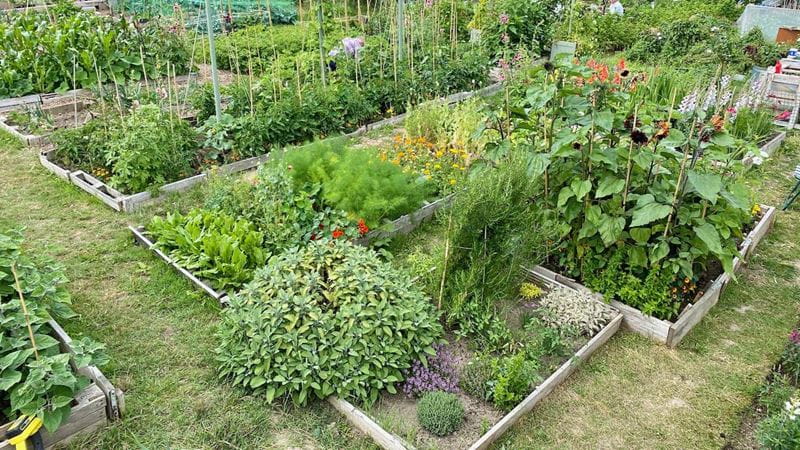
It’s the job in the garden everyone loathes but that is also the most therapeutic. Stay on top of unsightly weeds and blown-in grass with simple hoeing – it will save your knees.
“Choose a dry, sunny day so that displaced seedlings will shrivel up and die,” says Cooper. “Unless they are highly invasive weeds like ground elder, couch grass or bindweed, leave them in situ so that they return nutrients to the soil.”
Mulching with homemade compost, straw, or mushroom compost will help suppress and get rid of weeds, conserve moisture, and regulate the temperature of the soil.
Don’t leave your garden to its own devices while you’re away
There are so many jobs to do in the garden in July to ensure ongoing interest through to the end of summer.
If you are heading away for a much-needed break, take Sarah Raven’s advice: “If going on holiday, ask a friend or neighbour to pick your flowers, salad and veg in your absence to prevent everything running to seed.”
You don’t want all that hard work going to waste!

Find out about Saga's Gardening holidays here...
Explore stunning outdoor sanctuaries on Saga’s garden-themed getaways – it doesn't matter if you’re a keen horticulturist or just someone who enjoys colourful blooms.
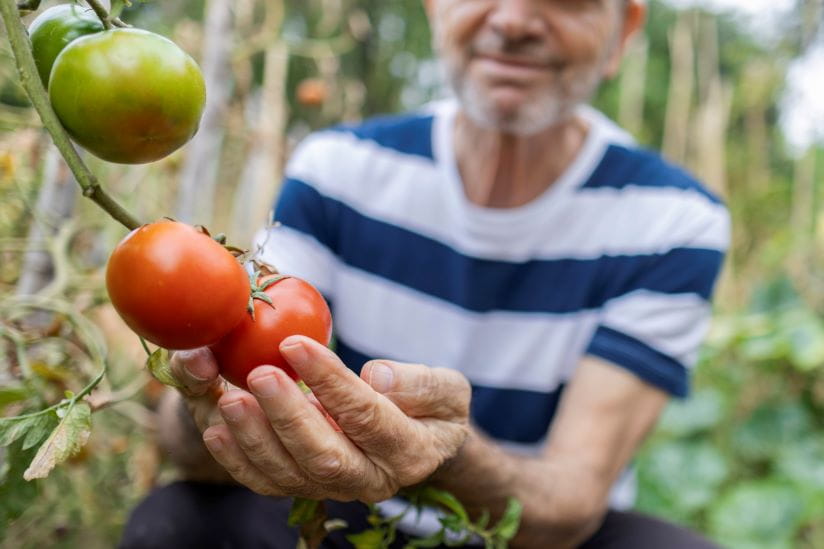
Rekha Mistry shares her top vegetables to grow in your garden all year round.
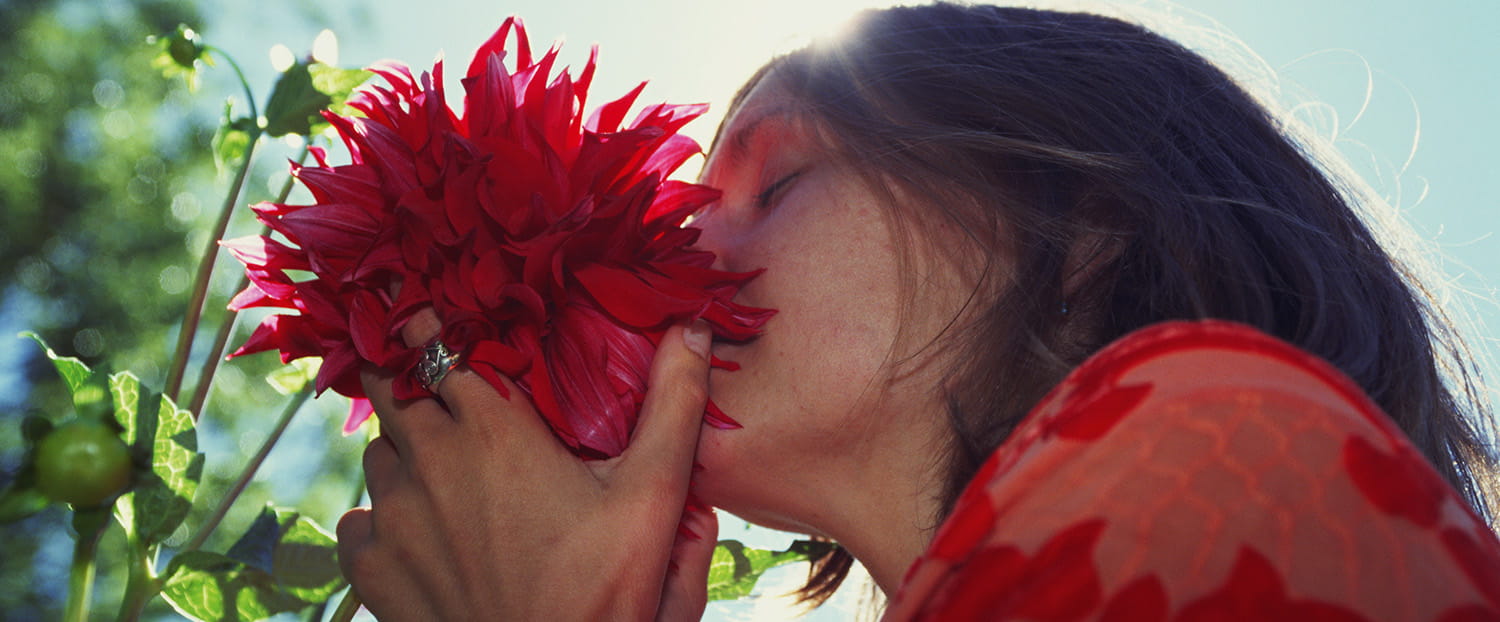
We explain the science and have 7 of the best scented plants for your garden.
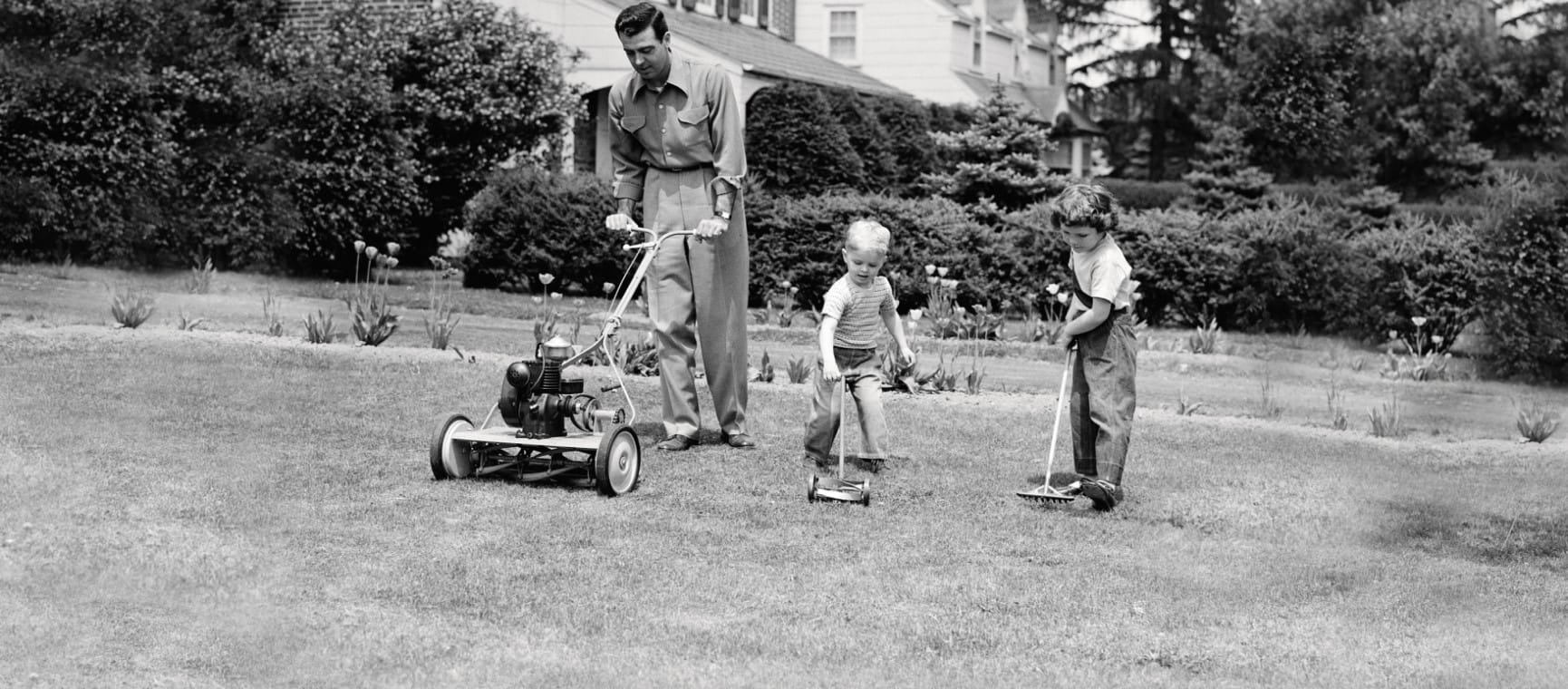
From robot mowers to electric pruning shears, spruce up your outside space with four of the best garden gadgets
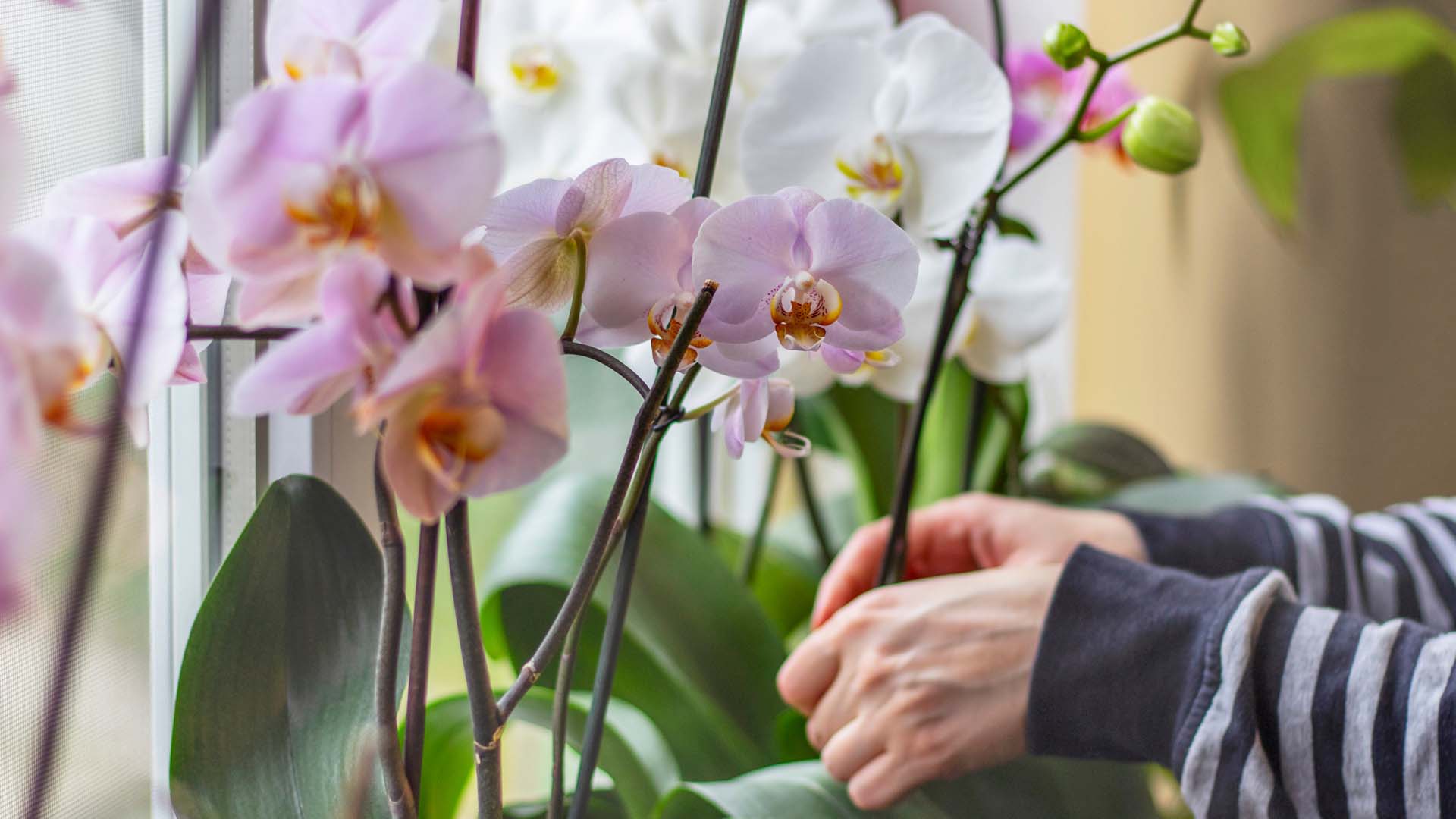
Our expert pruning and watering hacks include a top tip to keep them flowering from Alan Titchmarsh.
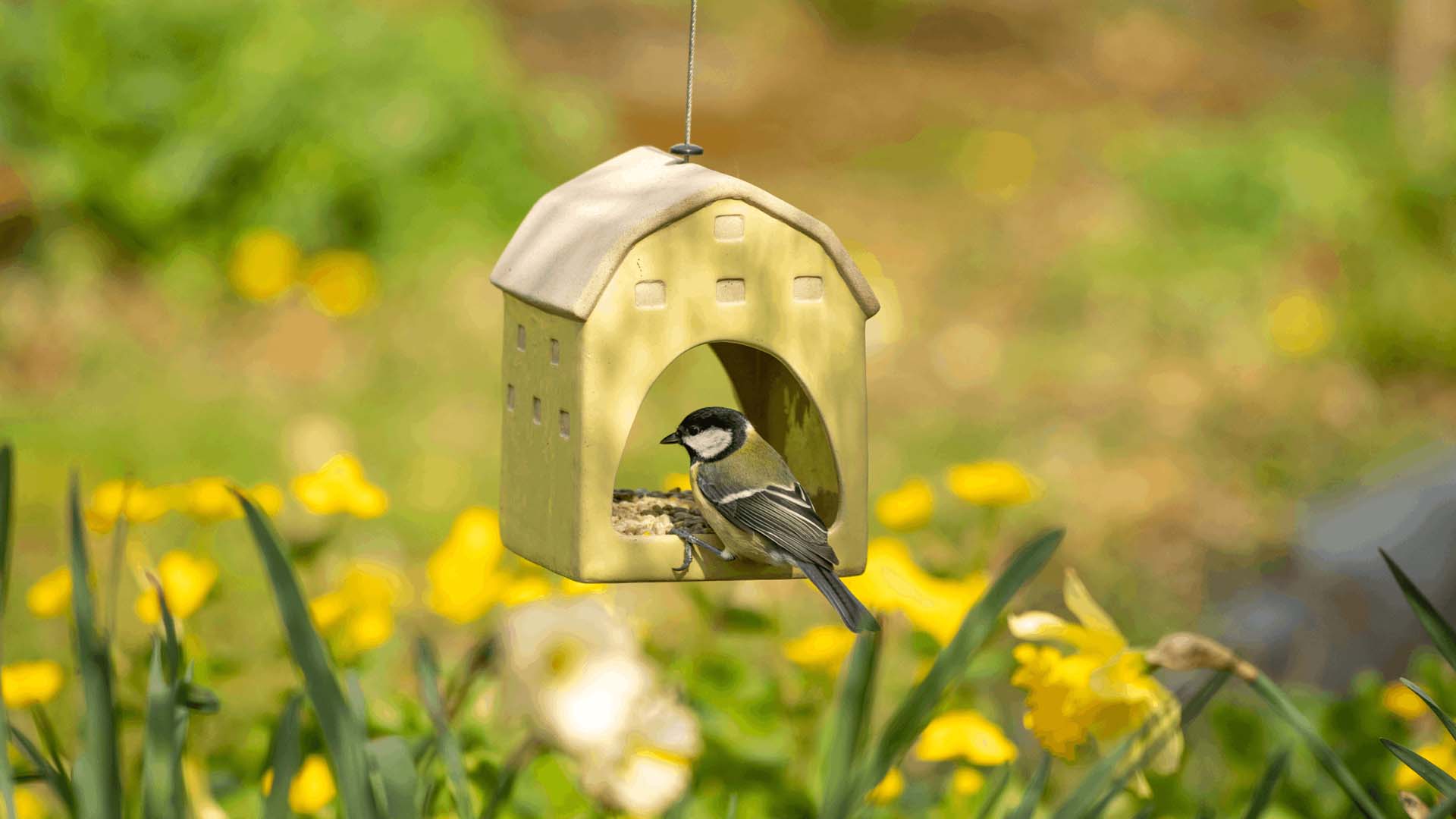
Don’t make these bird-feeding mistakes. Expert advice on how to feed birds in your garden safely.
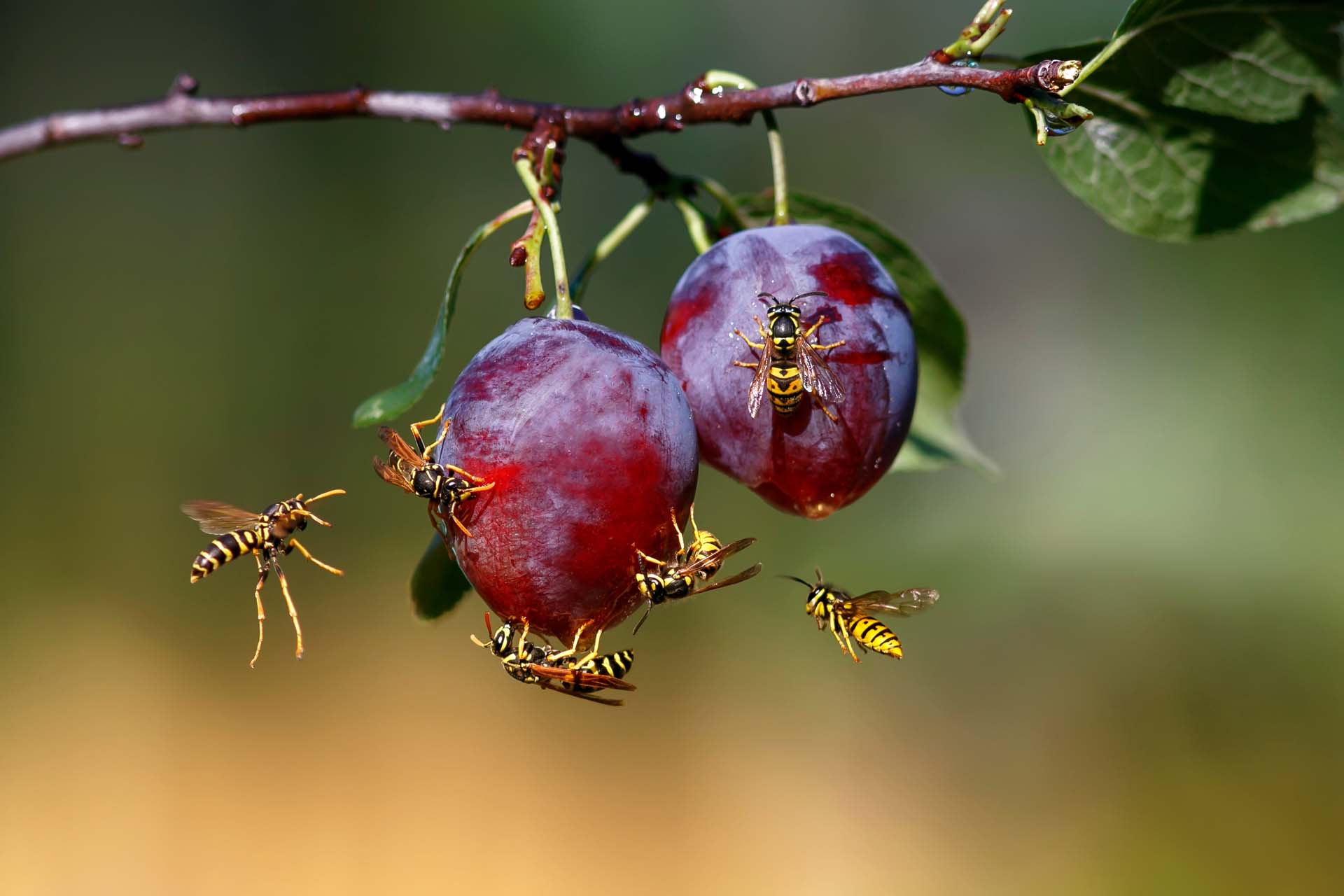
Blighted by buzzing? How to keep wasps out of your garden without harming them so you can enjoy the summer.
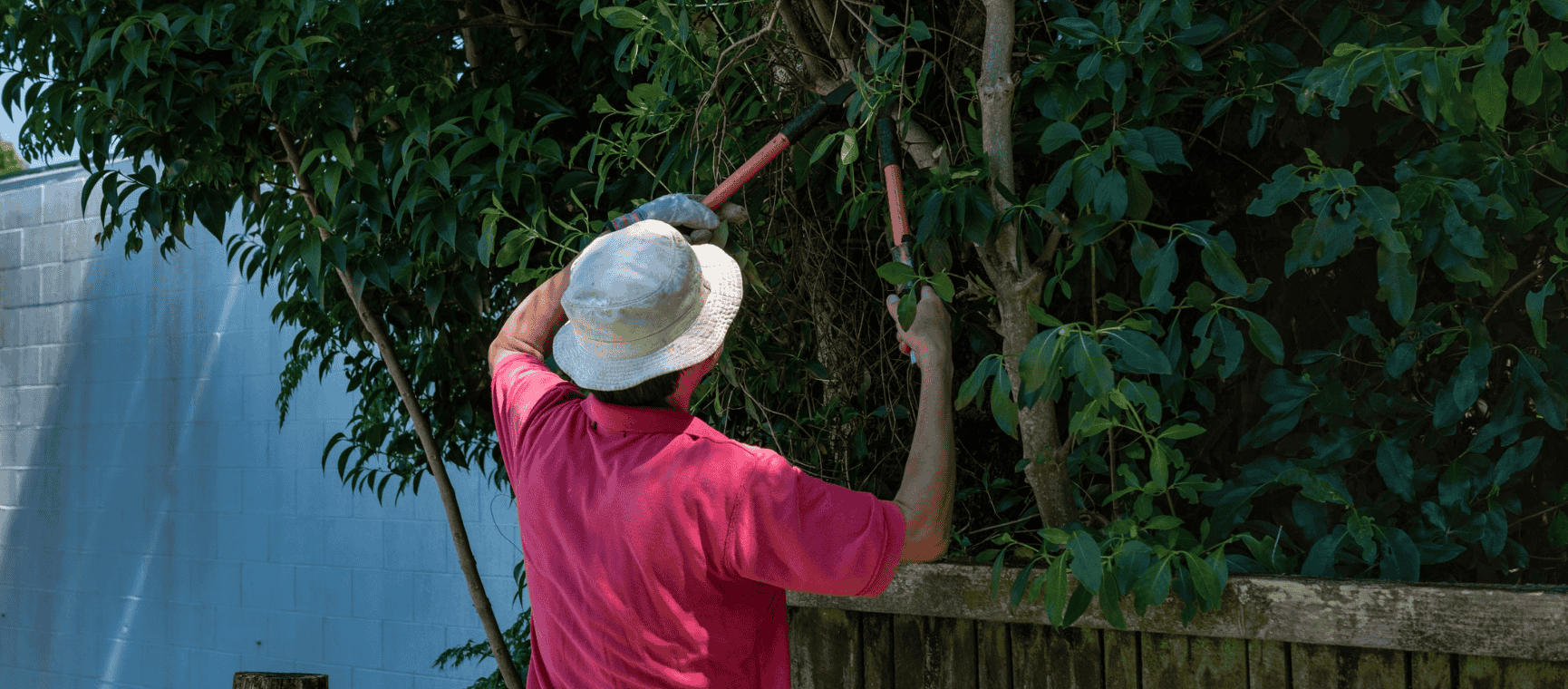
The ways you could be breaking the law in your back garden - with expert advice on how to avoid neighbour disputes, a fine or even a prosecution.
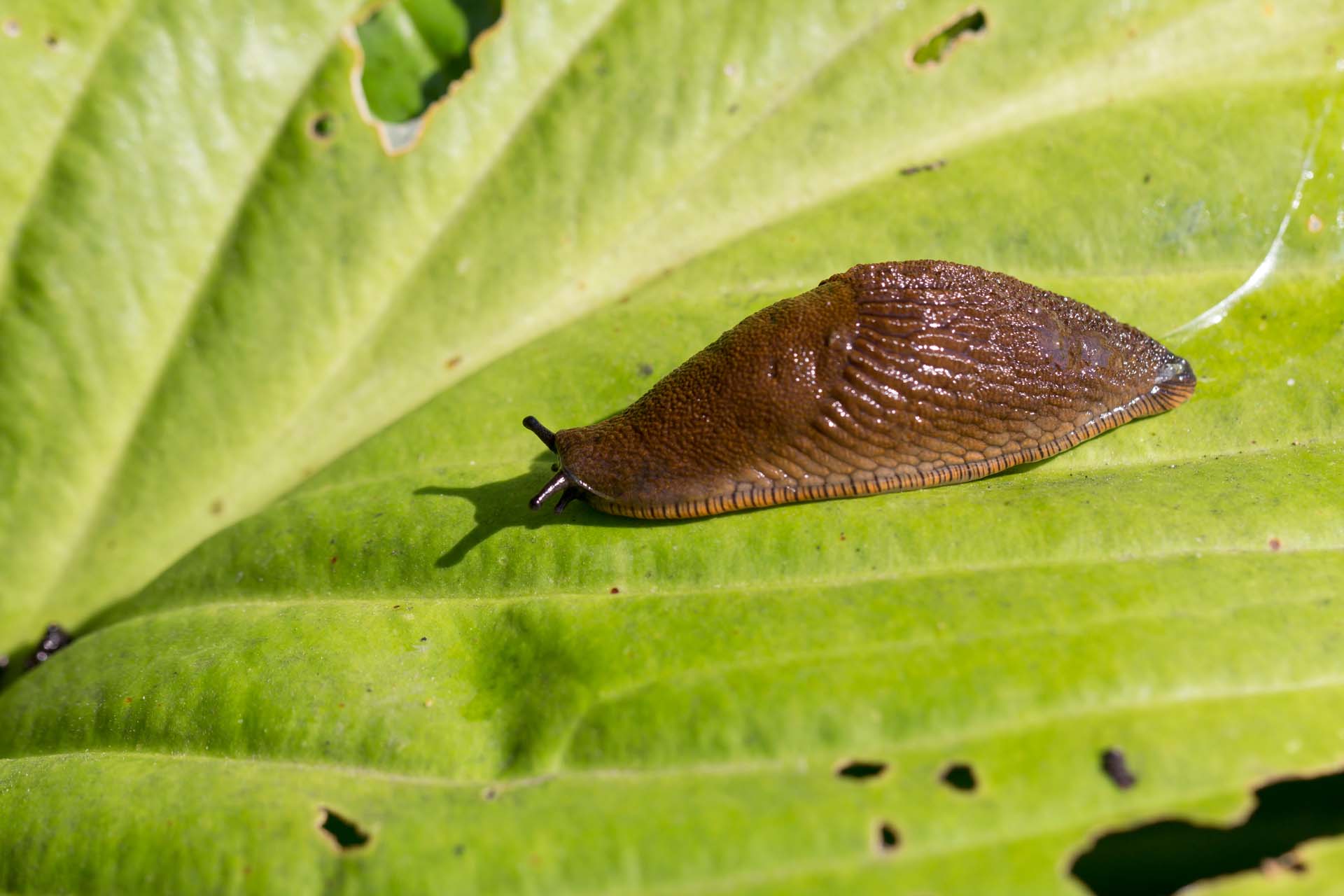
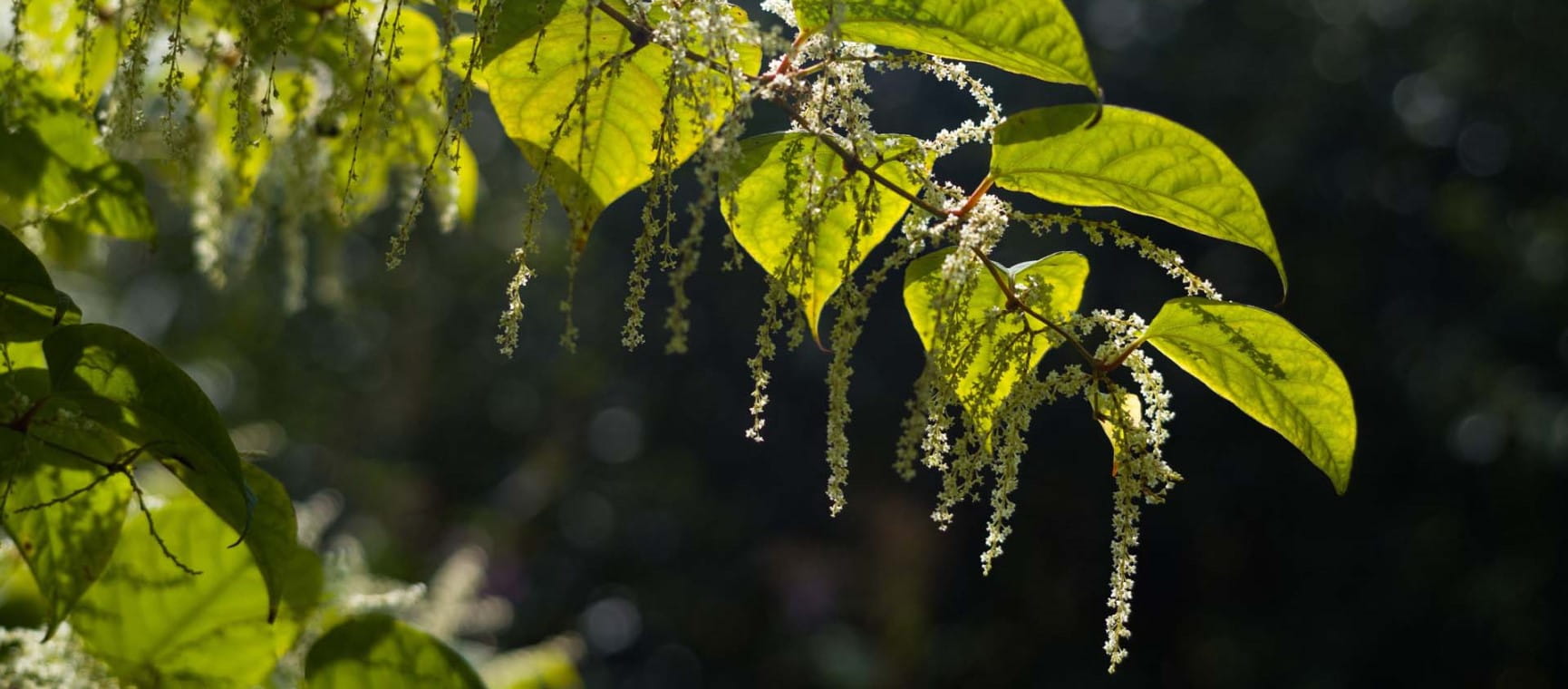
Everything you need to know about Japanese knotweed, the fast-growing plant nobody wants in their garden.